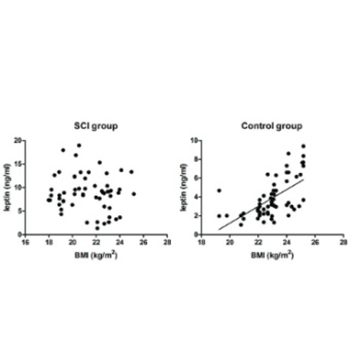Canal cholesteatoma in canal stenosis: a case report
DOI:
https://doi.org/10.17532/jhsci.2019.693Keywords:
Canal cholesteatoma, congenital canal atresia, canal stenosis, hearing lossAbstract
Introduction: We present the a-12-year old female with canal stenosis and canal cholesteatoma. We discuss the clinical, radiological and treatment option for canal cholesteatoma in canal stenosis
Discussion: Congenital canal atresia is a failure of the development of the external auditory canal which comprises anomalies of variable severity involving pinna, external acoustic canal, middle ear structures and rarely inner ear leading to hearing impairment. Congenital canal stenosis is considered to be a subset of congenital canal atresia. This malformation results in mild to severe conductive hearing loss. Furthermore, the risk of cholesteatoma increased when it is associated with the stenotic ear. Radiological evaluation in the form of an HRCT scan of temporal bones should always be done in these patients during their initial presentation and surgery should be planned accordingly. Their presence should be rule out prior to any corrective surgery.
Conclusion: Although the incidence of canal cholesteatoma is rare in congenital canal stenosis, all patients presenting with canal atresia or stenosis should be evaluated thoroughly due to their potential to develop cholesteatoma as it may be challenging to treat at an advanced stage in view of morbid complications.
Downloads











